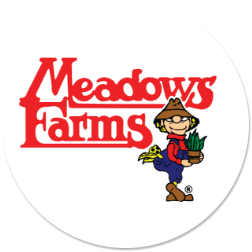
A fruit tree in your landscape is an investment that will pay dividends for years to come. Once you allow a fruit tree to become established, it will provide a bountiful harvest of your favorite fruits that are fresher and so much sweeter than anything you can find in your local supermarket. This series of posts will showcase just some of the varieties we carry in our stores.
Cherries
Cherries are some of the most popular fruits. Growing cherry trees is easy, outside of keeping the birds from beating you to your harvest. It can also be difficult to bring in a bowl of cherries from the tree. They usually get eaten before they get to the house!
Sour cherries, such as Montmorency and North Star, are self-fruitful and will not pollinate sweet cherries. Sour cherries bear fruit in two to three years after planting. Sweet cherries, such as Black Tartarian and Bing, need a pollinator to fruit, so be sure to plant two varieties. These trees will bear fruit in three to four years after planting. Plant standard cherries 15 feet apart and plant dwarf trees six feet apart.

